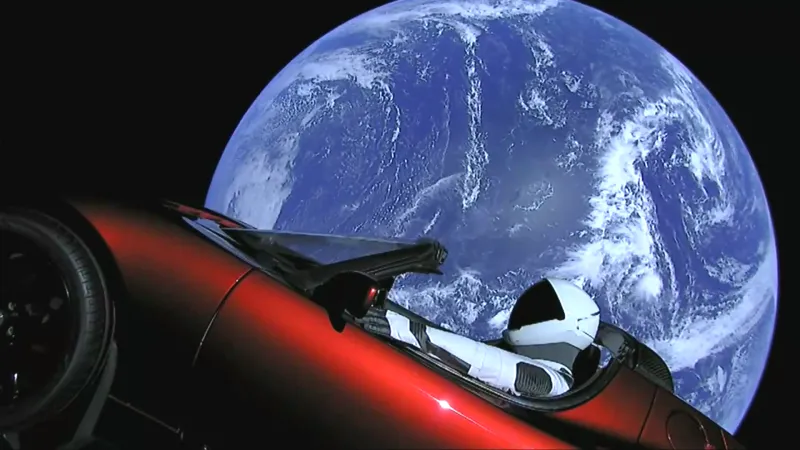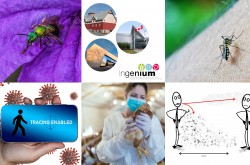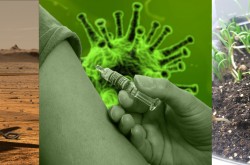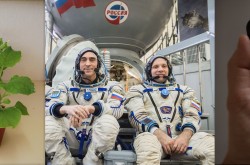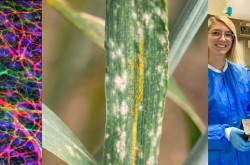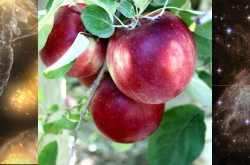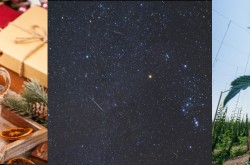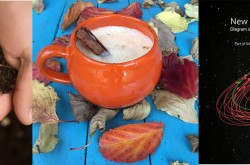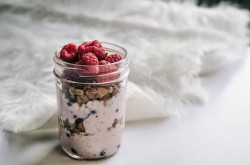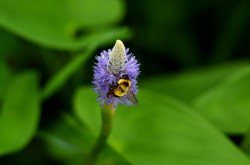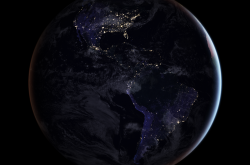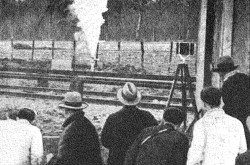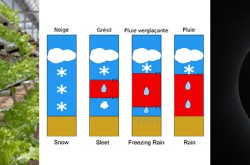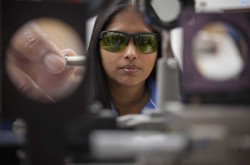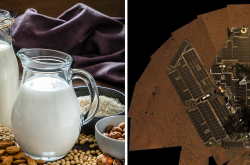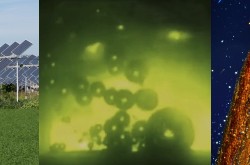Launching the Falcon Heavy
The private company SpaceX successfully test-flew their new Falcon Heavy rocket on February 6, 2018. Watch The Element to learn more.
Transcript
On Tuesday February 6, 2018, SpaceX successfully launched its Falcon Heavy rocket for the first time, resulting in a near-perfect test flight. This marks another large step forward for Elon Musk and his private space company as they attempt to push humanity beyond low Earth orbit.
The Falcon Heavy is really just three Falcon 9 rockets strapped together, creating a combined thrust capable of putting 140,000 lbs into space. This makes it the most powerful rocket currently on the market. The runner-up is ULA’s Delta IV Heavy, which is only capable of launching half that.
However, it’s not the launch capability that is the selling feature for SpaceX, it’s the LANDING capability. You may recall over the last couple of years, SpaceX has been testing out a soft-landing system for its Falcon 9 engine cores. Bringing a rocket home safe to be reused later is much more cost effective than the way we are currently doing it. After some fits and starts, it seems like Space X has zeroed in on a safe landing procedure. In fact, two out of the three rocket cores used on the test-flight of the Falcon Heavy already flew in 2016! And those same two landed safely again with this test-flight. The third core unfortunately crashed in the ocean.
A larger payload and reusability of its engines means SpaceX can cut costs to launch by as much as 75%.
So what now? Well Musk and SpaceX already have buyers lined up to take advantage of the power of the Falcon Heavy, but, the ultimate goal of SpaceX is to turn humanity into a multi-planetary species. We’ll be watching to see how a Falcon Heavy might be used in robotic missions to planets, or even to get humans out to the Moon again.
Oh… and what did SpaceX have as payload for this test-flight? Non-other than a cherry red Tesla Roadster with passenger “Starman,” a suited up crash-test dummy. Hey, if you own two of the most innovative companies in the world, might as well have some fun?



